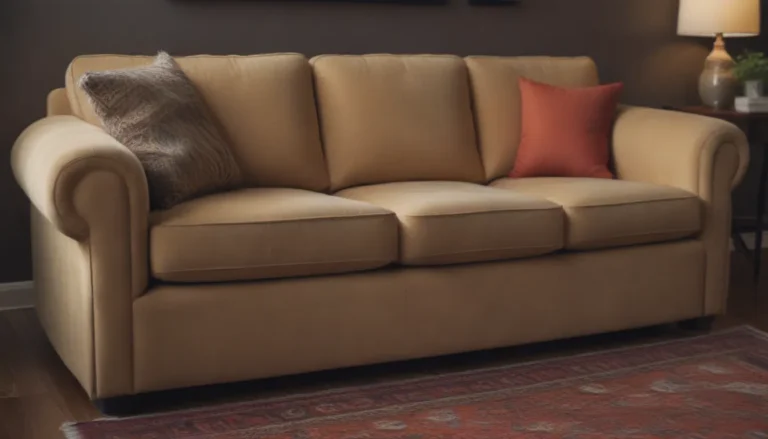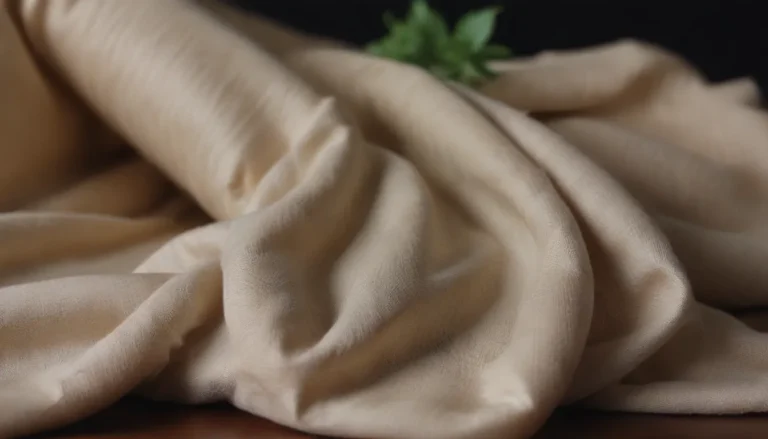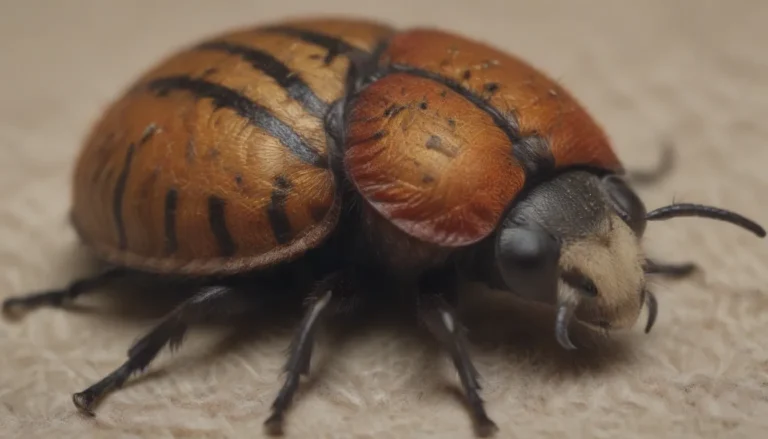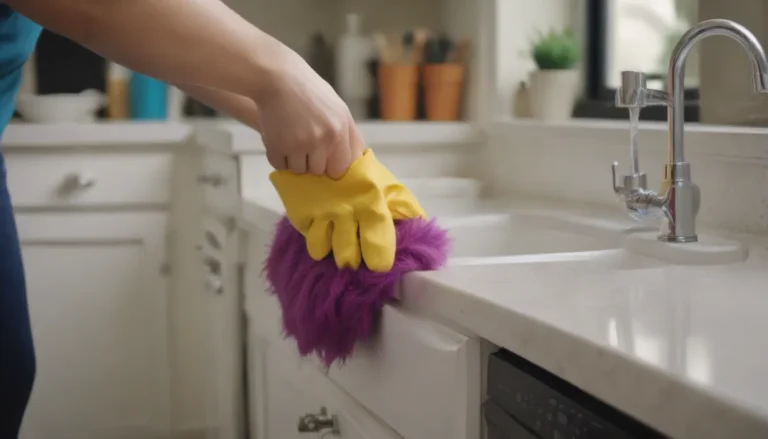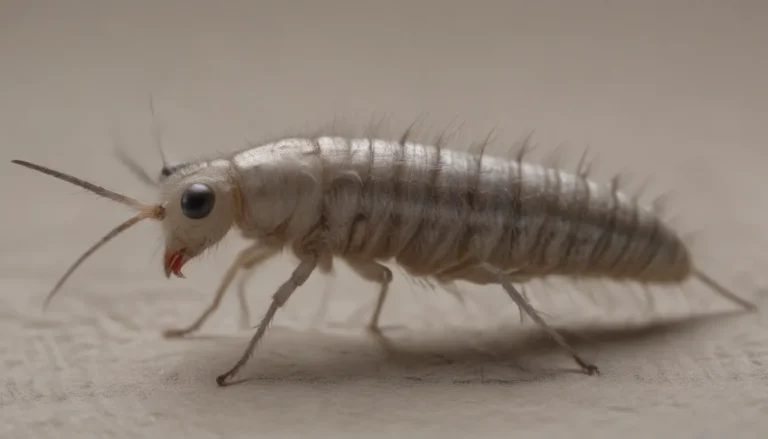Practical Ways to Eliminate Mice from Your Attic

Hello there! If you’ve discovered that unwelcome guests have taken up residence in your attic, fear not – I’m here to help you tackle the issue. Mice can be a real nuisance, causing damage to your home and potentially posing health risks. In this detailed guide, we’ll explore practical steps you can take to effectively get rid of mice in your attic and prevent them from returning. Let’s dive in!
Understanding Mice: What to Look For
Before we delve into removal strategies, it’s essential to understand what mice look like and how to identify signs of their presence in your attic. Here are some key features to help you distinguish mice from other rodents:
- Size: Mice are small, typically measuring around 5-7 inches in length, including their tail.
- Color: They are usually gray or brown in color, with a lighter underbelly.
- Features: Mice have large ears, small eyes, and a pointed nose.
These furry critters are skilled climbers, thanks to their sharp claws. Combine this with their ability to squeeze through tiny openings, and you’ll understand how they’ve managed to make their way into your attic.
Signs of Mice in Your Attic
The first indication that you might have mice residing in your attic is the sound of scratching or scurrying coming from the walls or ceiling. Additionally, keep an eye out for the following signs:
- Droppings: Small, pellet-like droppings may be scattered around the attic.
- Gnawed Items: Mice often chew on wires, insulation, and other materials.
- Nests: Look for shredded paper, fabric, or insulation, indicating nesting activity.
If you suspect mice are present, it’s crucial to conduct a thorough inspection to confirm their presence and assess the extent of the infestation.
Steps to Rid Your Attic of Mice
Now that you’ve identified the issue, it’s time to take action. Here are four effective ways to eliminate mice from your attic and prevent them from returning:
1. Inspect and Identify
- Begin by inspecting the interior and exterior of your home for potential entry points.
- Look for gaps, cracks, and holes that mice could use to gain access.
- Check for signs of nesting material or droppings, indicating rodent activity.
Remember, mice are resourceful creatures that can find their way into your home through even the smallest openings. Be thorough in your inspection to seal off all possible entry points.
2. Reduce Food, Water, and Shelter
- Eliminate food sources by securing garbage cans, compost piles, and bird feeders.
- Address any water sources, such as leaks or standing water, that may attract mice.
- Clear clutter and vegetation around your home that could provide shelter for rodents.
By removing access to food, water, and shelter, you can create an environment that is less inviting to mice, reducing the likelihood of infestations.
3. Properly Seal Holes and Gaps
- Avoid using spray foam to seal gaps, as mice can easily chew through it.
- Use durable materials like steel mesh or metal flashing to seal off entry points.
- Securely fasten these materials in place to prevent rodents from re-entering.
Taking the time to properly seal off gaps and holes in your home will help prevent mice from finding their way back in after you’ve removed them.
4. Place and Check Traps
- Set traps strategically in areas where mice are active, such as near nests or entry points.
- Check traps regularly to remove captured mice and reset as needed.
- Consider enlisting the help of a professional if you’re unsure about trapping techniques.
Traps are an effective method for capturing and removing mice from your attic. By placing them strategically and monitoring their success, you can significantly reduce the rodent population in your home.
Why Do Mice Invade Attics?
Mice are attracted to attics for several reasons, including the warmth and shelter they provide. Additionally, the abundance of food sources in our homes and garages makes attics an appealing habitat for these rodents. Common food and nesting sources include:
- Insulation materials
- Stored food items
- Cardboard boxes
- Fabric or paper nesting material
While mice may seem like unwelcome guests, it’s important to remember that they’re simply seeking a safe place to call home. By taking steps to address entry points and eliminate food sources, you can discourage mice from setting up residence in your attic.
Preventing Future Infestations
To prevent mice from returning to your attic, consider implementing the following preventive measures:
- Seal off all entry points using durable materials like metal flashing or steel mesh.
- Remove clutter and vegetation around your home that could provide shelter for rodents.
- Store food in secure containers and clean up spills promptly to avoid attracting mice.
By proactively addressing potential entry points and eliminating attractants, you can reduce the risk of future infestations and keep your attic free of unwelcome visitors.
When to Seek Professional Help
If dealing with rodent control on your own seems daunting or if you’re unsure about effective trapping methods, don’t hesitate to contact a pest professional for assistance. They can help identify the type of pest present and recommend appropriate measures to keep them at bay.
In conclusion, mice in the attic can be a persistent problem, but with the right approach, you can effectively eliminate them from your home. By following the steps outlined in this guide and taking proactive measures to prevent future infestations, you can enjoy a mouse-free attic and peace of mind. Good luck in your rodent control endeavors!
Remember, a little effort and persistence can go a long way in keeping your home free of unwanted guests.
Diseases Spread by Rodents.Centers for Disease Control and Prevention
Controlling House Mice. University of Missouri Extension
